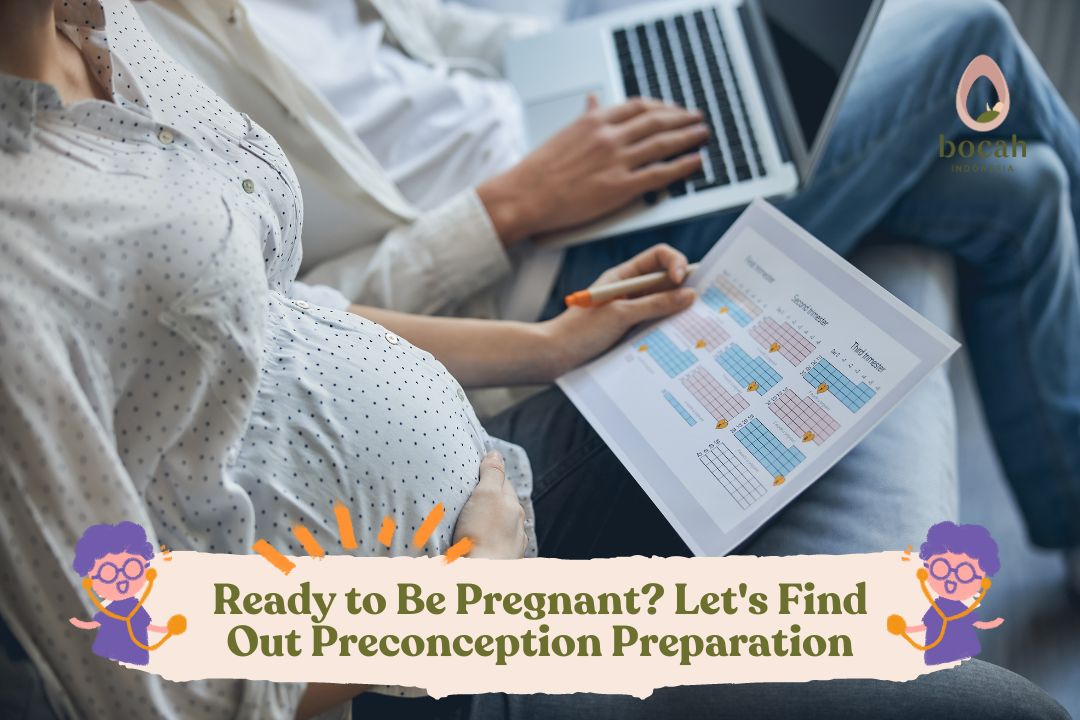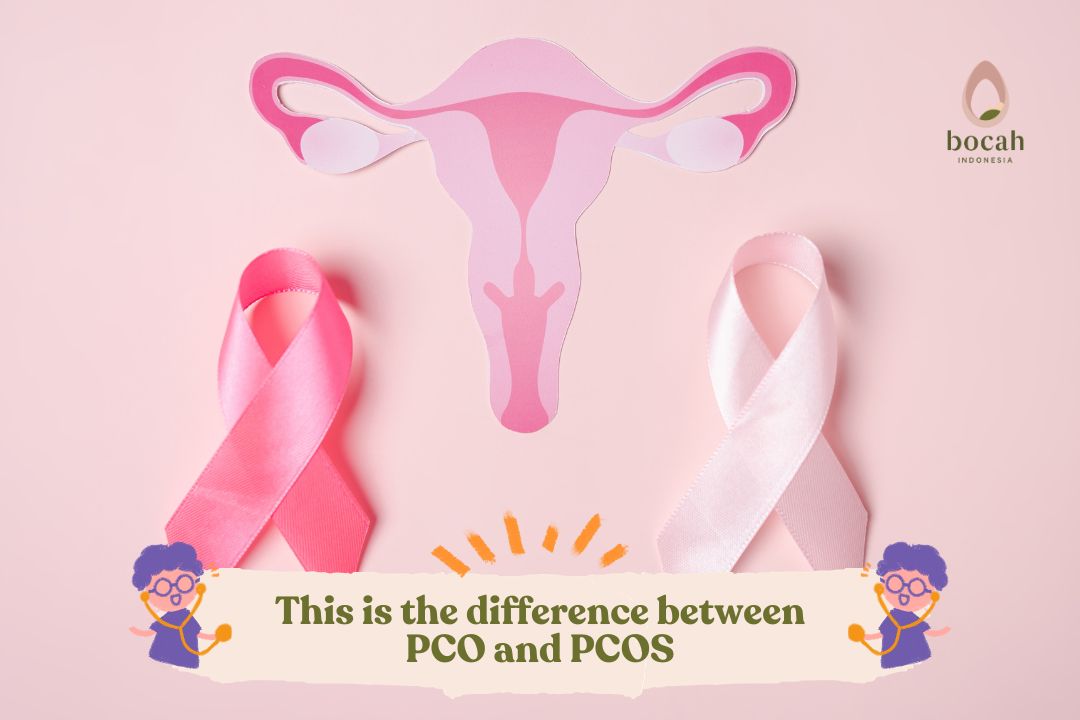Mother, Let’s Take Note, Here Are the Causes of Fetal Defects!

Birth defects in babies can be caused by several factors, such as chromosomal problems, exposure to infections, and genetic factors. You may have heard of babies born with defects. This condition can cause physical abnormalities in babies. It is essential to know that birth defects are abnormal conditions in the body of a newborn baby. There are many factors that can cause babies to have birth defects.
What is Fetal Defect in the Womb?
Fetal defects in the womb are structural or functional abnormalities experienced since birth. According to the World Health Organization (WHO), about 1 in 33 babies worldwide is born with birth defects. In fact, there are 3.2 million babies in the world who experience imperfect conditions since birth. In the Southeast Asian region, there are 90,000 newborn deaths due to congenital anomalies or birth defects.
Babies with birth defects have their health conditions dependent on the affected organ or body part and the severity of the condition. There are two types of birth defects: structural and functional birth defects. Structural abnormalities are related to problems in specific body parts, such as cleft lip, clubfoot, congenital heart defects, and spina bifida. On the other hand, functional birth defects are related to problems in the functioning of body systems. These issues can cause developmental disabilities in the nervous system or brain, such as those often found in individuals with Down syndrome.
Causes of Babies Having Birth Defects
Basically, the exact causes of fetal defects in the womb are not fully known. However, physical abnormalities at birth can be caused by the following various factors:
1. Chromosomal problems:
Chromosomes are cellular components that resemble strings and carry genetic information. If there are problems with chromosomes, it can lead to health issues. One example of a defect that causes fetal defects in the womb is Turner syndrome, where a woman loses one X chromosome. Other chromosomal abnormalities include extra chromosomes, such as Klinefelter syndrome and Down syndrome.
Tanya Mincah tentang Promil?
2. Exposure to infections:
Birth defects in babies are not only caused by internal factors but also external factors, and one of them is exposure to infections. Pregnant women who experience certain infections during pregnancy have a higher risk of giving birth to babies with congenital anomalies. An example of a virus infection that can cause this condition is the Zika virus, which can trigger microcephaly. This condition occurs when the baby’s brain and head circumference are smaller than the normal size. Additionally, the Zika virus can also cause structural abnormalities in the baby’s brain.
3. Genetic factors:
Genetic abnormalities carried by parents can lead to genetic defects in babies. Genetic defects can occur when one or more genes undergo mutations. This condition causes the gene not to function properly. In some cases, even missing genes can cause birth defects in babies.
4. Maternal obesity:
The weight of the mother during pregnancy needs to be considered. This is because the condition of pregnant women who are overweight or obese can increase the risk of the fetus having birth defects. According to a study published in the JAMA Network journal, pregnant women with obesity have a higher risk of giving birth to babies with physical abnormalities.
5. Exposure to certain drugs or chemicals:
During pregnancy, pregnant women are not advised to consume drugs indiscriminately. This is because exposure to certain drugs or chemicals can cause fetal defects in the womb. It is also recommended for pregnant women to avoid exposure to cigarette smoke and smoke, which can be harmful to the fetus.
Types of Fetal Defects in the Womb
There are various types of defects that a baby can experience at birth. Some congenital abnormalities that a fetus may experience include:
- Birth defects on the face: cleft lip
- Birth defects in the brain: hydrocephalus
- Birth defects on the nerves: spina bifida and cerebral palsy
- Birth defects in the eyes: congenital glaucoma, congenital eye defects due to disrupted blood vessel formation in the retina (congenital dacryocystocele), and congenital eye defects due to blockage in the nasolacrimal duct (retinopathy of prematurity)
- Birth defects in the lungs: cystic fibrosis
Preventing Fetal Defects in the Womb
There are several ways to prevent babies from having birth defects, such as:
- Avoiding certain diets
- Avoiding smoking and alcohol consumption
- Not taking medications without a doctor’s supervision
- Monitoring weight gain during pregnancy
- Regular prenatal check-ups
Now, you already know what factors can cause babies to have birth defects. Don’t forget to regularly visit your doctor for check-ups.
Ask Mincah
[fluentform id=”31″]References:
- World Health Organization. Prevent and control birth defects.
- The American College of Obstetricians and Gynecologists. Obesity and Pregnancy.
- Kim, J.H., Scialli, A.R. (2011). Thalidomide: the tragedy of birth defects and the effective treatment of disease. Toxicol Sci. 2011 Jul;122(1):1-6.
- Stothard, K.J., et al. (2009). Maternal Overweight and Obesity and the Risk of Congenital Anomalies A Systematic Review and Meta-analysis. JAMA. 2009;301(6):636-650.










